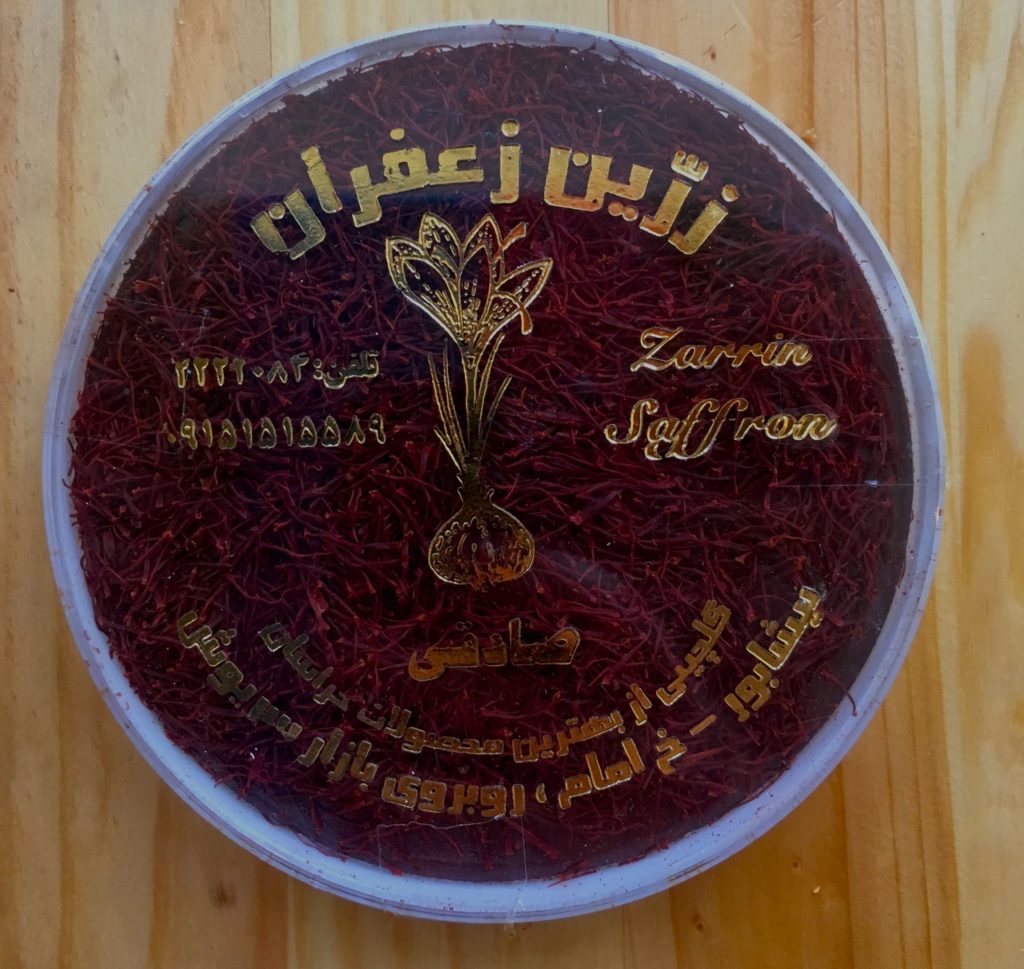
Sarahlynn Pablo speaks with fellow workshop participant Yewande Komolafe. Photo: Rachael Bongiorno
Katherine Hernandez knows a thing or two about plantains – the different varieties of the fruit, and how it is used in various dishes. But she doesn’t know how to cook them. “I’m ashamed I haven’t even mastered how to cut a plantain,” admits Hernandez who grew up in a Dominican household in New York City. Her unusual relationship with this essential ingredient in Dominican cooking is one of several stories that came out of the recent Feet in 2 Worlds workshop on food journalism.
We brought together journalists, students and culinary professionals for three days of intensive journalism training and conversation at The New School. What emerged were stories about cooking traditions and family history that link the workshop participants to their immigrant roots, or immigrant communities that they cover as journalists.
Workshop participants were paired up to record and report on each other’s personal stories. We invite you to hear what they produced.
“Plantains means there’s always food in the home”
Katherine Hernandez, recently named as a Feet in 2 Worlds food journalism fellow, spoke with Cybelle Codish about the ins and outs of plantains – a food staple that every self-respecting Dominican household keeps on hand.
The Magic of Saffron
Shiva Bayat’s parents didn’t put much emphasis on Persian culture when she was growing up. But saffron, a spice closely associated with Persian cuisine, was always on hand. This became one of the few ways for her and her sister to connect with their Iranian identity during their childhood in Egypt. Shiva remembers that when their Egyptian friends came over for a meal they were always wowed by her mom’s saffron rice. Eating Persian rice “is like eating a cloud,” Shiva says. Now, living in New York City, away from her family, she treasures this spice even more. Shiva told her story to Zahir Janmohamed.
Feeding the Family with a Kawali
A kawali is a Filipino pan similar to a wok. The ones used for special occasions and large festivities can be so big, according to Natalia Roxas, that you can “fit three children in there”.
Natalia recalls the labor-intensive preparation of ube jam, a combination of purple yam and coconut milk that her family cooked in the kawali for Christmas in the Philippines. Natalia told Stella Fong that the kawali and ube are not just an important way for her to connect with her culture, but also with her elderly grandmother.
Rice, Salt, and Sugar
Sarahlynn Pablo’s mom taught her a tradition: Whenever she moves into a new home, she fills three small jars with basic Filipino ingredients – rice, salt, and sugar. Sarahlynn tells Yewande Komolafe that through food second-generation immigrants like her can better understand their culture, history and politics.
If you enjoyed these stories you can hear more here.
Funding for the workshop comes from The International Association of Culinary Professionals’ foundation, The Culinary Trust, and its Growing Leaders Food Writing program.
Fi2W is supported by the David and Katherine Moore Family Foundation, the Ralph E. Odgen Foundation, the J.M. Kaplan Fund, an anonymous donor and readers like you.




